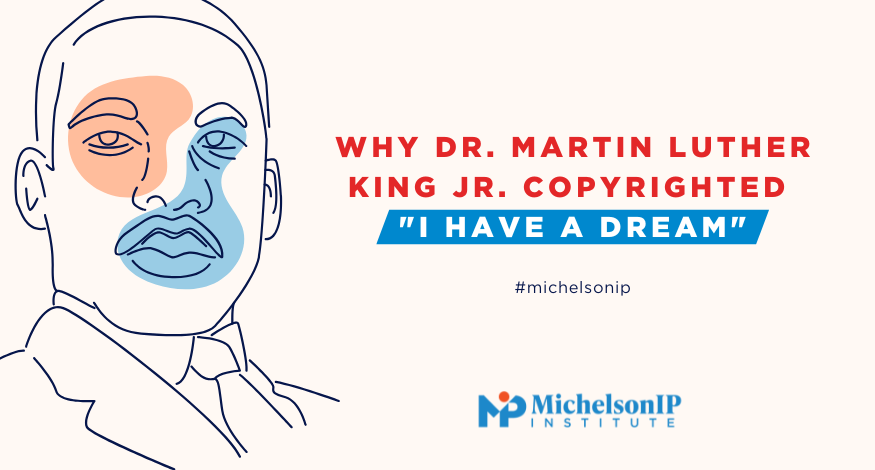Dr. Martin Luther King Jr. delivered his “I Have a Dream” speech during the 1963 March on Washington. Decades later, it remains one of the most recognized and influential addresses in American history. Its profound impact played a pivotal role in the civil rights movement and continues to inspire generations.
Beyond its social and political impact, the speech’s journey through copyright law offers valuable insights. It is especially relevant for creators who want to safeguard their work’s integrity and legacy.
Copyright Protection of the Speech
On August 28, 1963, Dr. King delivered his iconic speech. It was broadcast live to millions, sparking widespread attention. This raised questions about whether widespread distribution could strip the speech of its copyright protection.
At the time, U.S. copyright law made a distinction between “general publication” and “limited publication.” A general publication could make a work public property unless it was officially registered. “Limited publication” could keep it protected. The big question was whether the widespread sharing of the speech would mean it was “generally” published. This would, in turn, determine whether the speech was still protected under copyright.
In the landmark 1999 case, Estate of Martin Luther King, Jr., Inc. v. CBS, Inc., the court addressed this issue. The court ruled that Dr. King’s speech remained protected under copyright law because it was a public performance rather than a general publication. Sharing copies with the press for news purposes was classified as a limited publication, meaning that Dr. King’s copyright remained intact, allowing his estate to manage and protect the speech’s use.
Ensuring Lasting Impact Through Copyright
Dr. King did not initially secure copyright for the speech before delivering it at the March on Washington and shortly after the speech, unauthorized recordings began to circulate. To protect his rights and preserve the integrity of the speech, Dr. King took action by officially registering it with the U.S. Copyright Office.
By securing copyright, Dr. King ensured that no one could use his speech without authorization. This preserved its message and prevented misuse. The protection also allowed his estate to manage how they presented and commercialized his legacy. It also ensured that any use would align with his values.
Implications for Modern Creators
Dr. King’s approach to copyright offers valuable insights for modern-day creators. It underscores the importance of recognizing the inherent value of your work and safeguarding it, even if the creator’s intent is to share their work with others—the creation is unique, valuable, and deserving of protection and proper registration is crucial. It provides legal grounds to safeguard the creator’s rights and alerts others that they cannot use the work without permission.
By controlling how and where creators share their work, they can ensure it remains aligned with their vision and maintains its integrity. Staying vigilant about unauthorized use allows creators to address potential infringements quickly, preserving both their rights and the intended impact of their creations.
Dr. King’s Legacy in Intellectual Property
Dr. King’s legacy extends beyond his contributions to civil rights—it also includes his foresight in protecting his intellectual property. By securing copyright protection, he ensured that his words would continue to inspire and educate, free from distortion or unauthorized exploitation. His example highlights how intellectual property rights can be a powerful tool to preserve the cultural and historical value of creative works, ensuring they are shared and remembered as intended.
The Michelson Institute for Intellectual Property, an initiative of the Michelson 20MM Foundation, provides access to empowering IP education for budding inventors and entrepreneurs. Michelson 20MM was founded thanks to the generous support of renowned spinal surgeon Dr. Gary K. Michelson and Alya Michelson. To learn more, visit 20mm.org.
